Phellinus robiniae
Scientific name: Phellinus robiniae (Murrill) A. Ames
Derivation of name: Phellinus means "made of cork"or
"corky"; robiniae means "growing on black locust (Robinia
pseudoacacia)."
Synonymy: Fomes rimosus (Berk.) Cooke; Fomes robiniae
(Murr.) Sacc.; Pyropolyporus robiniae Murr.; Polyporus
rimosus Berk.
Common names: Cracked cap polypore.
Phylum: Basidiomycota
Order: Hymenochaetales
Family: Hymenochaetaceae
Occurrence on wood substrate: Saprobic and
parasitic;
solitary or scattered primarily on living or
dead black locust
(Robinia
pseudoacacia); year-round.
Dimensions: Caps 5-40 cm wide (or wider).
Upper surface: Yellowish-brown to brown, becoming
blackish
in age; deeply cracked in age; concentrically
furrowed.
Pore surface: Yellow-brown to reddish-brown; pores
7-8 per
mm.
Edibility: Inedible.
Comments: Several other polypores develop cracks in
age but
few occur on black locust.
More information at MushroomExpert.com
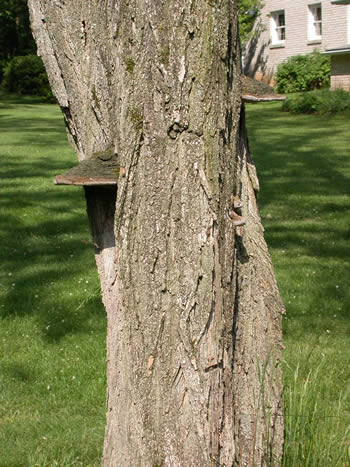
Figure 1. Specimens of Phellinus robiniae on black
locust. Photo © Gary Emberger.
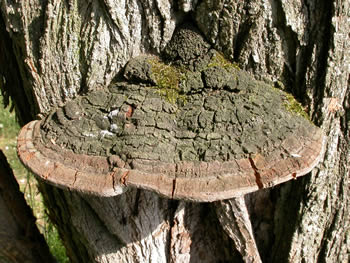
cracked cap polypore. Photo © Gary Emberger.
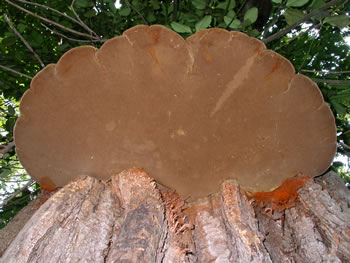
Figure 3. The smooth brown pore surface of this
specimen
is 47 cm wide. Photo © Gary Emberger.
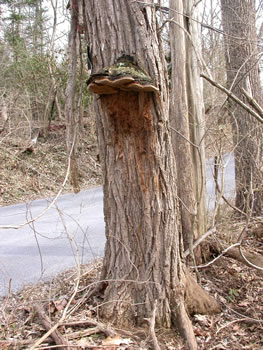
Figure 4. A very large, old specimen.
Photo © Gary Emberger.
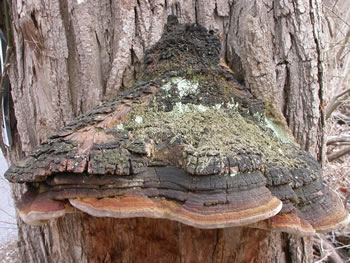
Figure 5. The same specimen pictured in Figure 4 showing
moss and lichens growing on
top of the cap.
Photo ©
Gary Emberger.
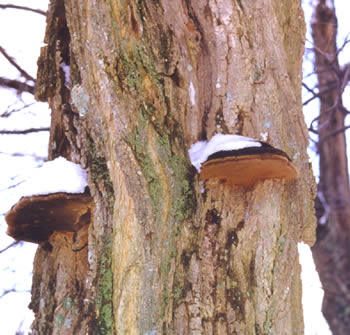
Figure 6. Phellinus robiniae is perennial and looks about
the same any time of the year, even with snow on it.
Photo © Larry Grand.
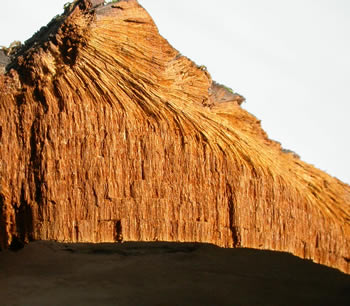
Figure 7. This sectioned specimen shows the layers of
tubes formed by perennial polypores such as Phellinus
robiniae. Photo © Gary Emberger.